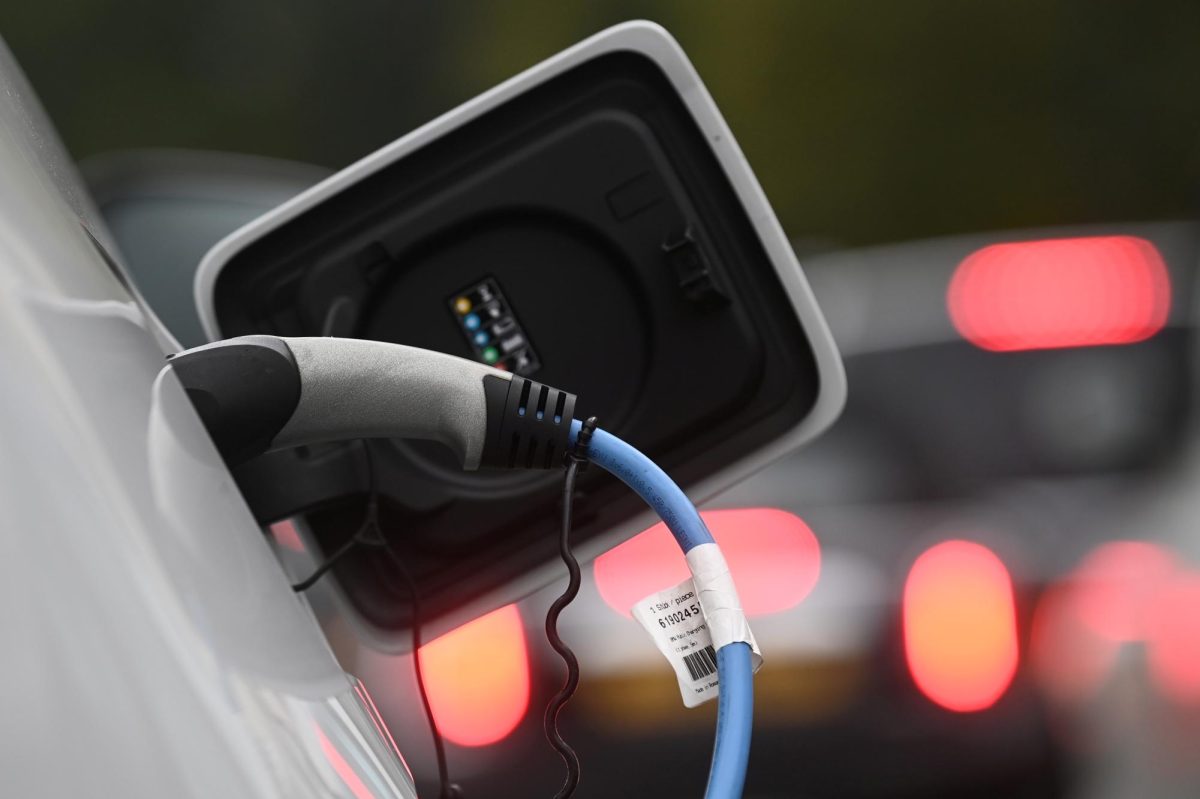When people think about helping the environment, many assume electricity is always the better option. Electric vehicles (EV’s) seems environmentally friendly because they do not produce tailpipe emissions. However, the question is more complex: how good are electric vehicles for the environment overall? Do they really have fewer emissions once the entire process of producing them is done?
It is true that EV’s do not emit exhaust while driving, which helps reduce local air pollution especially in big cities like New York Los Angeles, or even Omaha but what most people often overlook is the environmental outcomes of manufacturing the vehicles and their batteries. While EV motors themselves create no tailpipe emissions, the process of producing large lithium-ion batteries and electric motors, requires a lot of energy and generates significant pollution. Studies show that the production of an EV can release up to 80% more carbon emissions than producing a comparable gasoline-powered vehicle. In addition, EV’s usually have higher purchase costs, limited battery ranges, and longer charging times. If you run out of gasoline, you can quickly walk to a gas station, buy fuel, and be back on your route. But if your EV runs out of charge, you may need to tow the car, which is inconvenient and costly.
There are also social and economic concerns.
“I personally think that having EV cars over gas ruins job opportunities for people, and I also think that we are causing similar damage to the environment. We need to take other steps to help this earth, like properly disposing of trash and oil so it does not end up in the ocean,” Chris Lang said.
On the other hand, Josh Edwards sees EV’s more positively, saying, “I think EV’s do help, and I like how fast they are becoming part of the future so we must learn to accept them.”
These opinions highlight the debate about the future of transportation.
Despite their drawbacks, EV’s do have important advantages. They produce fewer overall emissions once in use, improve air quality in cities, and help reduce greenhouse gases, which is crucial against climate change. EV’s also provide instant torque, which gives drivers strong acceleration—a feature that some car enthusiasts enjoy.
Still, gasoline-powered vehicles maintain certain benefits. They have a lower upfront cost than EV’s and a well-established fueling infrastructure. Gas stations are widespread and refueling takes only a few minutes, unlike EV charging which can take hours depending on the charger type and location. Gasoline vehicles on a full tank often travel farther than EV’s on a full charge. Additionally, parts for gasoline cars are cheaper and more widely available. Many drivers also enjoy the sound and performance of traditional engines.
In conclusion, neither gas cars nor electric cars are perfect solutions. EV’s are promising for reducing long-term emissions and improving air quality, but their environmental cost during production cannot be ignored. Gasoline cars are still practical, affordable, and convenient, but they continue to contribute heavily to greenhouse gas emissions. The best path forward may not be choosing one over the other but inventing cleaner technologies, renewable energy, and smarter waste management and to be stricter on dumping waste to create a more sustainable cleaner transportation system.










